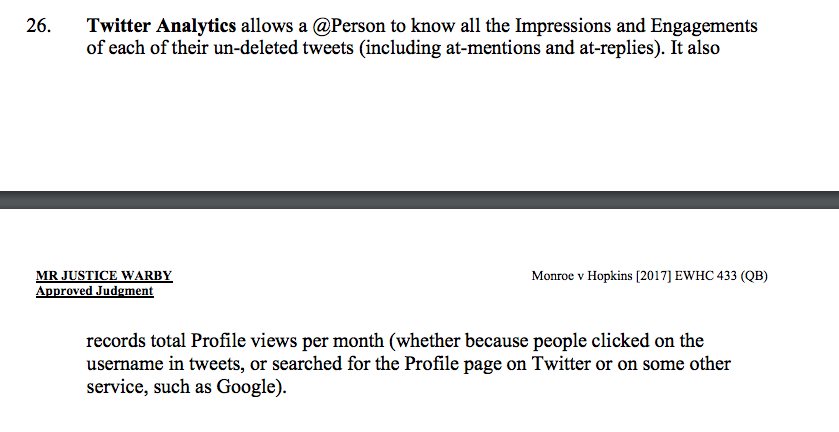
On Friday the High Court in London awarded £24,000 in damages to food blogger Jack Monroe after she sued Katie Hopkins, a former contestant on The Apprentice who now writes for the Daily Mail, for libel.
The case centred on two tweets sent by Hopkins that implied Monroe had defaced a war memorial, and legal experts say the judgment now forms the leading case in English law on Twitter and libel.
In his 28-page ruling, the judge in the case, Mr Justice Warby, explained that although Twitter was "widely used and very well known", it was a "relatively new medium, and not every knows all the details of how it works". So as an appendix to the judgment, he attached a 26-point "How Twitter Works" guide that had been agreed by the two parties.
So here is the definitive, judicially endorsed description of Twitter.
The guide starts off with the basics.

But then starts to get weird. Who is @Person?
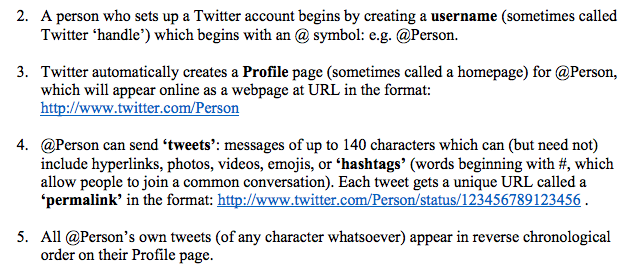
@Person is apparently someone with friends called @A, @B, and @C.
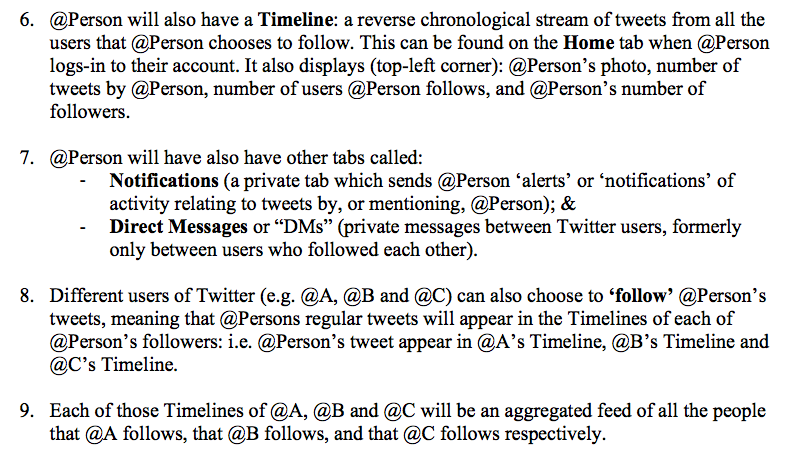
@Person is not on Twitter "all of the time".
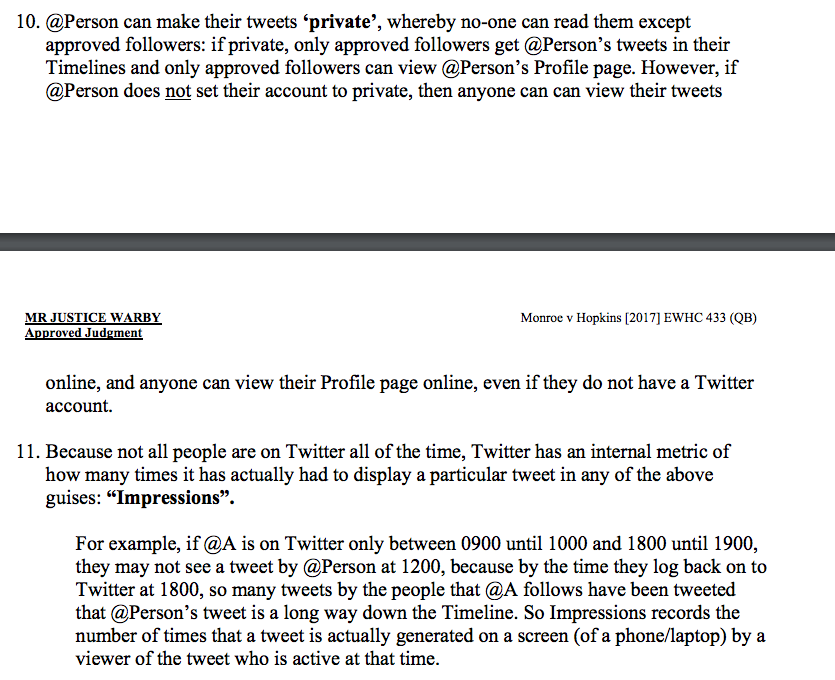
Another person (not to be confused with @Person) is introduced, called @3rdParty.
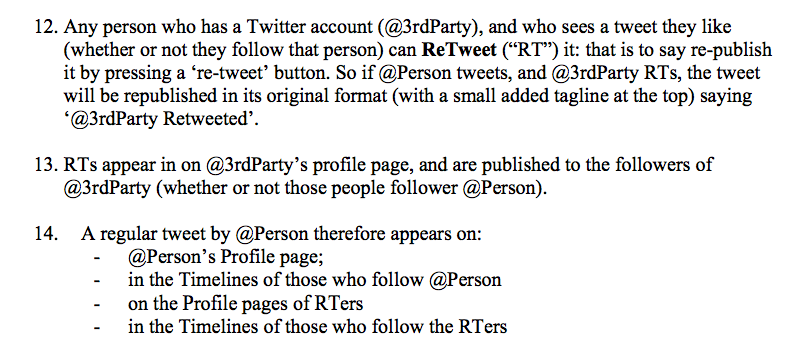
They like to do things called "engagements".
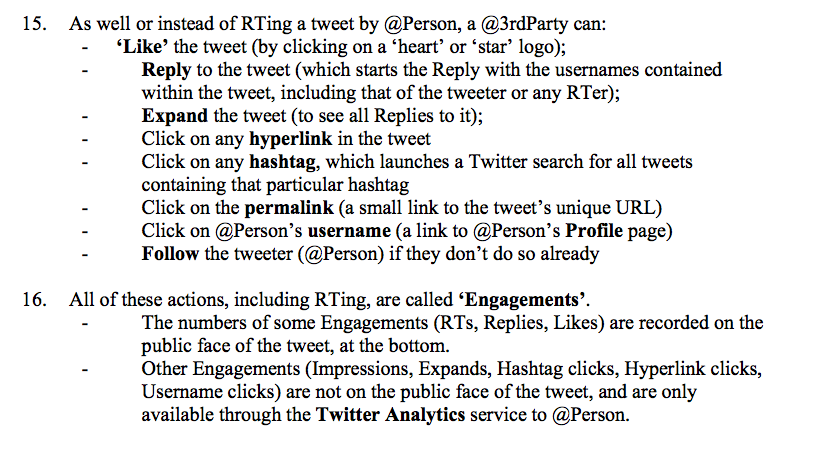
At this point other people called @Other and @Stranger get dragged into proceedings.

It turns out @Other might be a professional footballer.

@Person, @3rdParty, and @Stranger all do some stuff together.
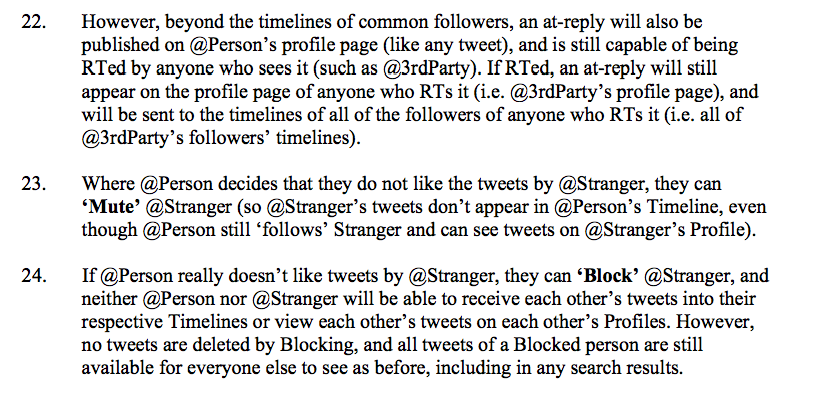
And then out of nowhere, @Troll turns up.

And that's the story of how one of the highest courts in England and Wales attempted to explain how Twitter works.
